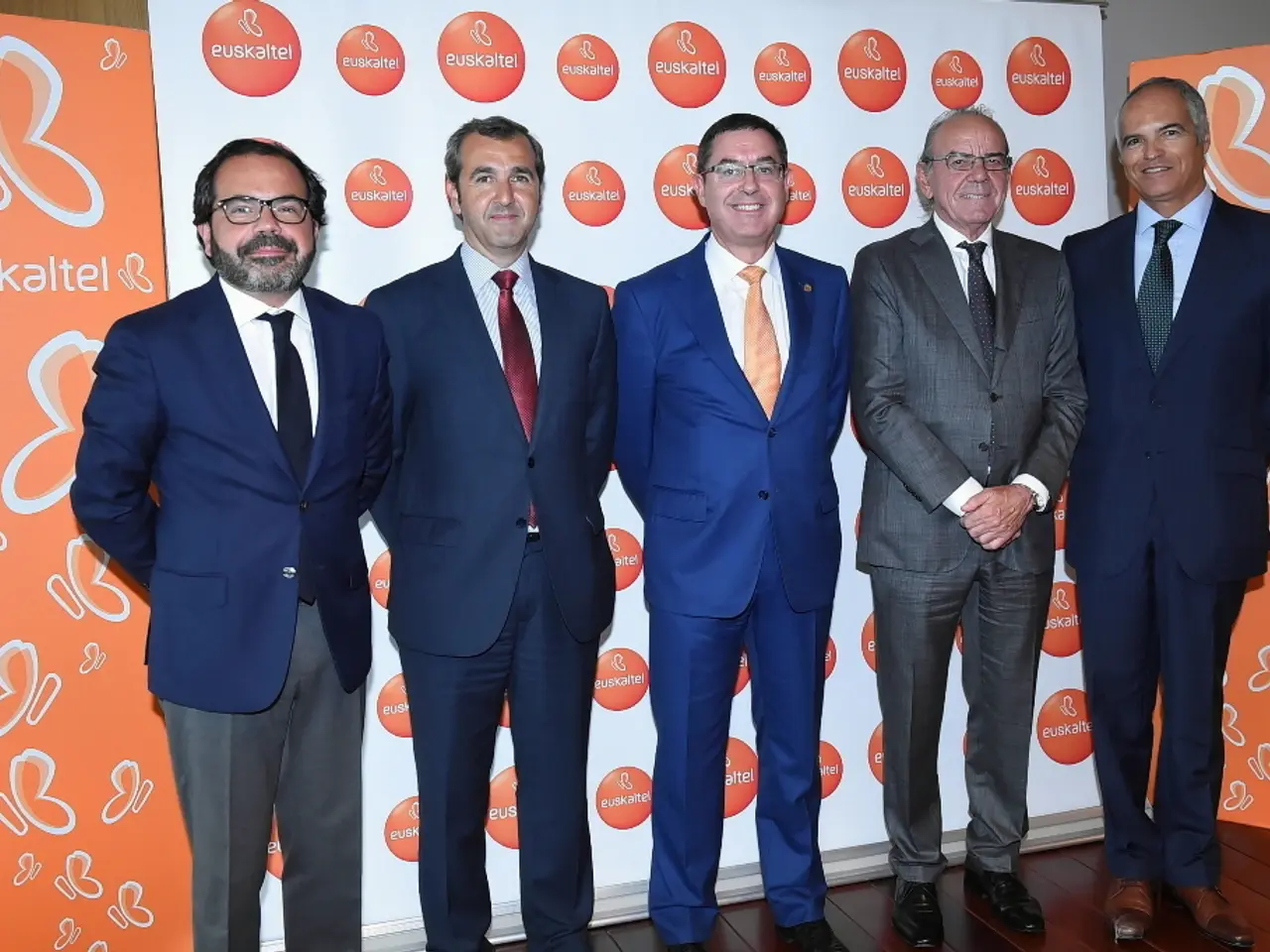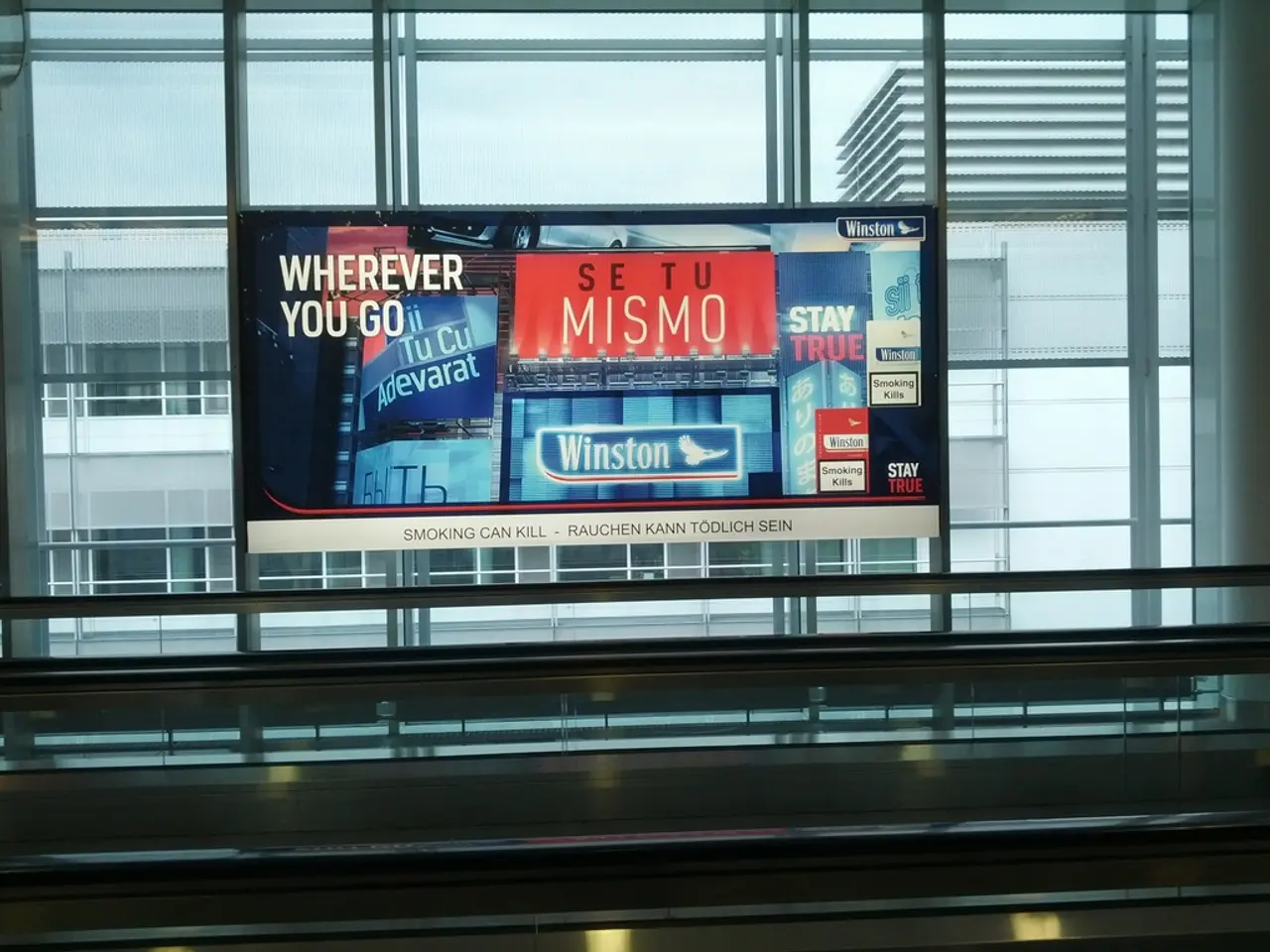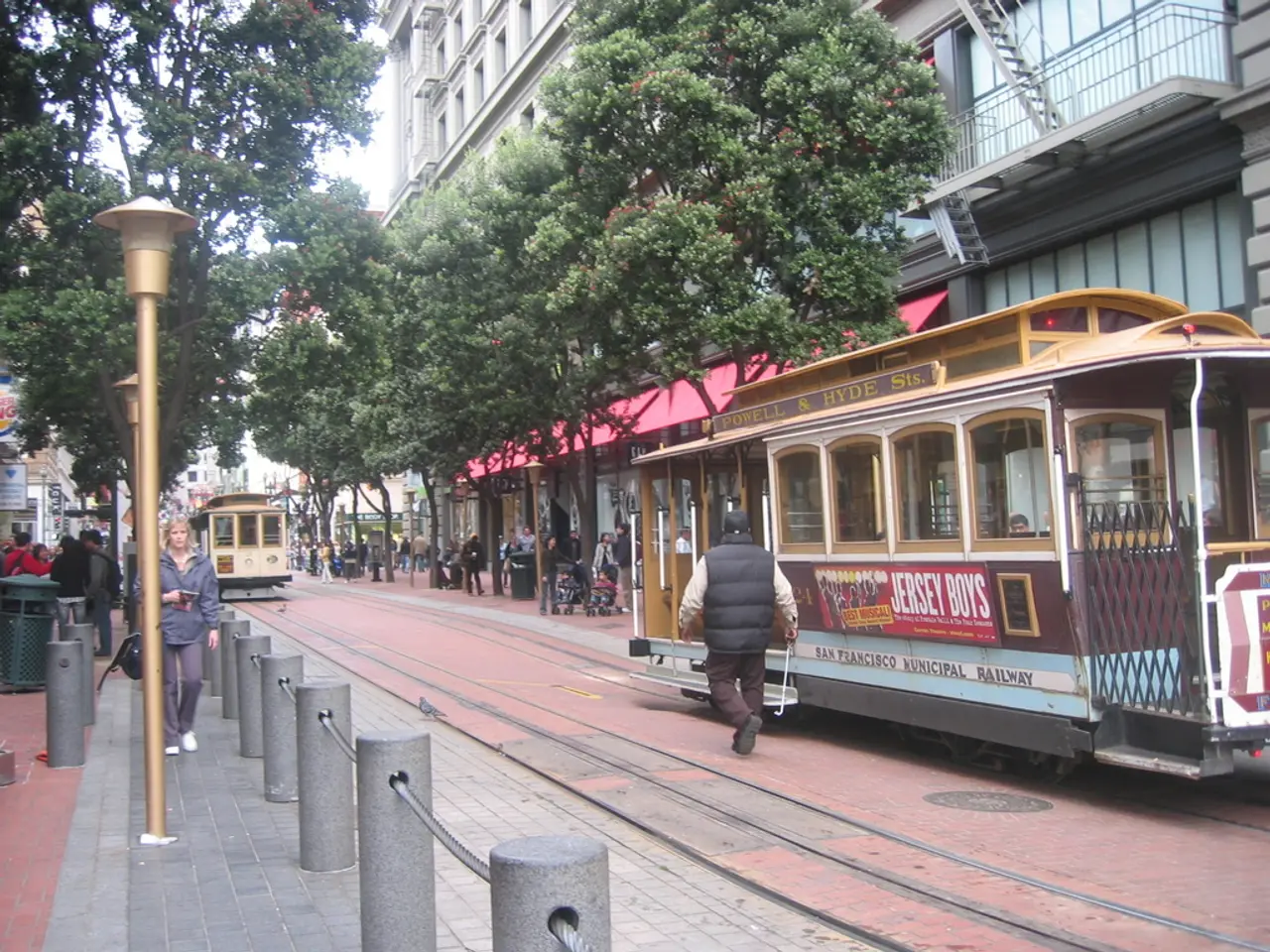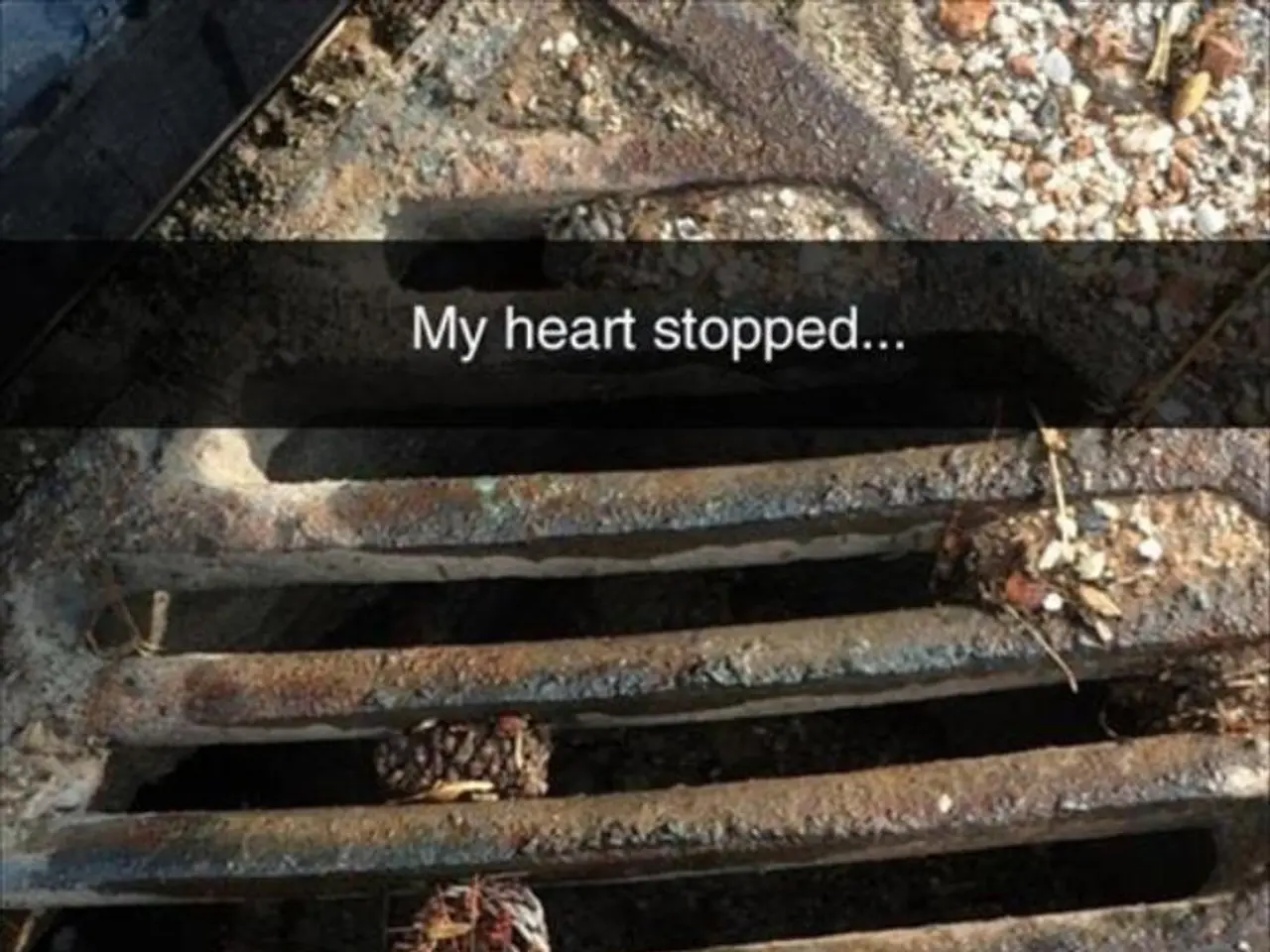UK Study Identifies Over 700 Small Creative Business Clusters in Cities, Towns, and Villages
Revamping the Creative Landscape: Uncovering Economic Prowess of Hidden Micro Creative Hubs
- A groundbreaking study by the Creative Industries Policy and Evidence Centre reveals 709 'microclusters' of creative businesses across the UK, with one-third springing up beyond the urban metropolises
- The Hidden Goldmine: Turns out, burgeoning creative business communities aren't just confined to the UK's pulsating cities like London or Manchester. This new research has pinpointed 709 distinct microclusters in countless corners of the country, including unsuspecting locales such as Colwyn Bay in North Wales, and the Shetland Islands
Published on 19th November 2020 - Previous assumptions had it that such communities thrive predominantly in the UK's bustling urban centers. But surprise, surprise! The researchers have uncovered a hidden goldmine of creative potential outside of these urban hubs.
Jumpstarting the Past: Before this, Nesta's 2016 research identified 47 creative clusters in major cities like Cardiff and Bristol, with considerable numbers of creative businesses delving into diverse domains like visual arts and marketing. Now, this new research by the Creative Industries Policy and Evidence Centre (PEC) takes it up a notch, zooming in on 709 micro creative clusters that include locales both within and beyond the urban centers
The Creations Outside the Cities:* While cities may boast clusters housing well-established businesses, it's the lesser-known microclusters in remote and rural areas that might just breathe fresh air into the UK's economy. For instance, there's a burgeoning creative ecosystem taking shape in Creative Folkestone, Kent, academia rubbing shoulders with production and visual arts industries in Plymouth, and a whopping 65 creative businesses calling the Shetland Islands home
The Power of Proximity:* Creative clusters are powerful engines of growth as nearby businesses within an industry reap benefits from collaboration and knowledge exchange. These clusters are the driving force behind the substantial growth of the UK's creative industries, now contributing over £100 billion to the UK economy. In the wake of COVID-19 and the sector's significant hit, these microclusters could well be the green shoots that help the UK's economy recover
A Closer Look:* PEC researchers, from the University of Sussex, scoured 200,000 websites of creative industries to detect these microclusters, followed by surveying 1,000 of these businesses to understand their operations, challenges, and distinctive traits compared to larger city-level creative clusters
The Picture Paints it All:* Research findings suggest that microcreate clusters outside the large cities are more ambitious and growth-oriented. With such a drive, these businesses resemble their city counterparts, but they express concern over access to external finance, particularly for those based outside London and the South East
A Word from the Wise: According to Josh Siepel, from the Creative Industries Policy and Evidence Centre and the University of Sussex, "Our research illuminates that the creative industries extend beyond city limits to little creative communities dotted all around the UK. These businesses are raring to grow, but the disruption of COVID and the uncertainty surrounding Brexit leave them vulnerable. These small clusters stand as a grand opportunity for constructing economic resilience across the UK, and they should be fortified as the government endeavors to level up the regions."
Download the Full Report: 'Creative Radar', and explore the map of 709 micro creative clusters and 47 larger creative clusters in the UK.
References:
- Creative Industries Policy and Evidence Centre. (2020). Creative radar: Mapping the creative economy across the UK. Retrieved October 25, 2021, from https://www.creativeindustriespec.co.uk/publications/creative-radar/
- Hjorth, L., & Pilkington, N. (2011). The Creative Class, The Creativity Class, and gentrification. City, Culture and Society, 3, 517-530.
- Comunian, R. (2018). A creative city is not just an economically attractive city. The Urbanist. Retrieved October 25, 2021, from https://theurbanist.org/2018/07/24/a-creative-city-is-not-just-an-economically-attractive-city/
- The Creative Industries Federation. (2016). Creative clusters and places. Retrieved October 25, 2021, from https://www.creativeindustriesfederation.com/resources/creative-clusters-and-places/
- UNESCO. (2015). Creative cities for urban future. Retrieved October 25, 2021, from https://en.unesco.org/creative-cities/creativity-cities-urban-future
Note:This micro creative clusters study shows that while creativity and growth might be commonly associated with urban hubs, there exist thriving creative scenes beyond city limits that are equally significant and influential to the UK's economy. These microclusters support local and national growth through job creation, promoting regional equality, and contributing to the UK's creative powerhouse status. View our interactive map to find creative clusters in your area.
Press Contact:Anna Zabow, Communications Manager of PEC.
Phone: 07713 619077Email: [email protected]
Editors' Notes:1. Creative clusters are geographical areas with high concentrations of creative businesses, defined using research that identified cities and regions with comparatively high levels of creative businesses. Microclusters, conversely, refer to localized areas with at least 50 creative organizations but are not confined to traditional city centres.2. Researchers used domain data scraped from 200,000 creative industries websites to detect 709 microclusters, followed by surveying a sample of 1,000 businesses within these microclusters to gather insights into their activities, plans, and challenges.3. Research lead, Josh Siepel is available for interviews on this topic.4. The Creative Industries Policy and Evidence Centre (PEC) is a consortium of universities from across the UK (Birmingham; Cardiff; Edinburgh; Glasgow; Work Foundation at Lancaster University; LSE; Manchester; Newcastle; Sussex; Ulster) that supports the growth of the UK's Creative Industries through independent and authoritative evidence and policy advice. For more information, visit www.creativepec.co.uk.
- The new research by the Creative Industries Policy and Evidence Centre (PEC) reveals 709 microclusters of creative businesses across the UK, with one-third springing up beyond urban metropolises, challenging the common assumption that such communities primarily thrive in urban centers
- This study reveals a 'hidden goldmine' of creative potential, with burgeoning creative business communities in surprising locales such as Colwyn Bay in North Wales and the Shetland Islands
- Previous research by Nesta in 2016 identified 47 creative clusters in major cities like Cardiff and Bristol, but the PEC's new research focuses on these 709 micro creative clusters, with many located in remote and rural areas
- These creative industries extend beyond city limits, with little creative communities dotted around the UK, expressing ambition and growth-orientation
- According to Josh Siepel, from the Creative Industries Policy and Evidence Centre and the University of Sussex, these businesses are 'raring to grow,' but face challenges such as access to external finance, particularly for those based outside London and the South East
- These microclusters could be vital to the UK's economic recovery following COVID-19, as they are powerful engines of growth that foster collaboration and knowledge exchange among nearby industries
- PEC researchers scoured 200,000 creative industries websites to detect the microclusters and then surveyed 1,000 businesses within these clusters to better understand their operations, challenges, and distinctive traits compared to larger city-level creative clusters
- Research findings suggest that microcreate clusters outside the large cities are more ambitious and growth-oriented, with concerns over access to external finance as a common challenge
- The PEC's research counters the notion that creativity and growth only occur in urban hubs, highlighting the role of thriving creative scenes outside city limits in contributing to the UK's economy
- These microclusters support local and national growth by creating jobs, promoting regional equality, and supporting the UK's creative powerhouse status
- The study calls for attention to be given to these microclusters, particularly in the midst of COVID-19 and Brexit uncertainty, as they present a significant opportunity for constructing economic resilience across the UK.







